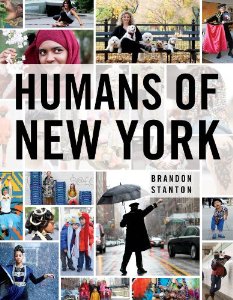During this project, I’ve had the opportunity to interpret portraiture in my own way. Over the course of this unit, I have been experimenting and trying out various ideas. After looking into many photographers, and done a number of photo shoots, my main idea was to look at people and their work places. Originally, I was going to look at people and a hobby of theirs which represents them the most. However after brainstorming ideas and thinking about different environments could be used in portraiture, I decided to go for the work environment.
As time went on during this unit I was able to print a few work prints from the photo shoots then decided which image I felt would best fit in as my final image. Below are the three main images which I printed bigger.
As I gathered all of my contact sheets and work prints, I decided to choose the image which I felt best represented the title and worked out best compared to the others. My final image is the work print displayed on the left. I chose this image out of everything else because I shot it differently compared to the rest. I thought more about this photo shoot and the way I wanted the employee to stand. When you look at the photo up close, you can see the depth of field where I had the employee to be the main focus, making the work place blurred and not stand out as much.
Overall, I thought it was tough to choose one final image out of all the photo shoots that I had shot previously. However, If I had to do portraits again, I would look at different photographers who focus on their personal lives such as Sally Mann or combine old photographs against newer ones and merge them together such as photographers Bobby Neel Adams or Ulric Collette.










